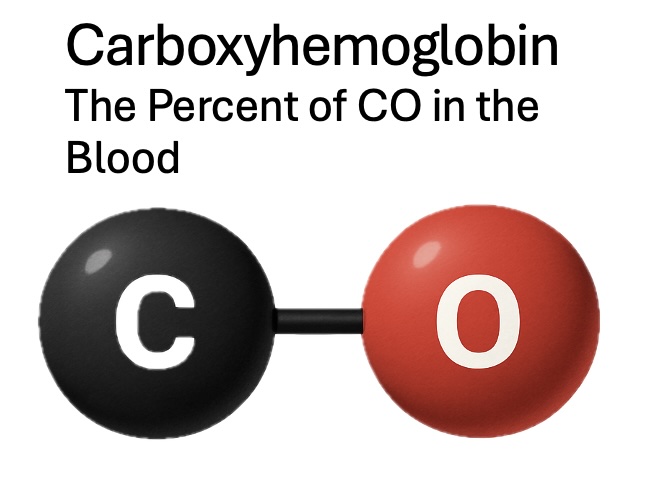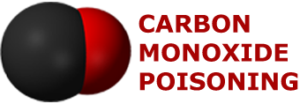FAQ How do you Prove Someone was Carbon Monoxide Poisoned?
Short Answer: By measuring carbon monoxide in their blood, either thru a co oximeter or through a blood test. The gold standard is a blood test.

How do you Prove Someone was Carbon Monoxide Poisoned? By measuring the percent of carbon monoxide in their blood, by taking a carboxyhemoglobin measurement.
FAQ What does carboxyhemoglobin mean?
Short answer: It describes a compound in the blood where carbon monoxide mixes with hemoglobin, and is usually measured in percentages.
FAQ What level of carboxyhemoglobin indicates a significant poisoning?
Short Answer: Anything 3 or above is considered abnormal, with something above 10% evidence of a significant poisoning. But it is not the level when measured that is important, it is the highest level during when a person was being exposed that matters.
From our carbon monoxide poisoning, video podcast between Brain Injury Law Group’s attorneys, Gordon Johnson and Griffith Winthrop:
Gordon Johnson: So on the day of a carbon monoxide poisoning, how do you establish evidence of an acute poisoning? What’s what are the two ways that typically is done?
Griff Winthrop: Through a measurement of carboxyhemoglobin, which is the amount of what you were just kind of discussing, which is where the carbon monoxide is bonded to the hemoglobin at a certain level. And that can be measured both at the scene using what we call a co-oximeter and even more accurately, with a blood draw, arterial blood draw at the hospital.
The other way is to reconstruct it from what the ambient air carbon monoxide levels were. That is, the amount of carbon monoxide that is in the air that they are breathing. Which is hopefully measured by the fire department when they get to the scene.
Gordon Johnson: Okay, let’s pause a second. Is 10% a significant cohb level, carboxyhemoglobin level?
Griff Winthrop: It is.
Gordon Johnson: What does Carboxyhemoglobin mean?
Griff Winthrop: Carboxyhemoglobin is the molecule of carbon monoxide bonded to hemoglobin – Carboxyhemoglobin.
Gordon Johnson: And what’s the abbreviation for that?
Griff Winthrop: COHb typically expressed as capital C, capital O, capital H little b.
Gordon Johnson: [00:21:24] Is 10% COHb level significant.
Griff Winthrop: It is. The medical literature tells us that it is significant and that people that have 10% carboxyhemoglobin as well as symptoms during the poisoning, at least 40% of them are likely to develop permanent brain damage from that.
Gordon Johnson: Is a 40% cohb level significant?
Griff Winthrop: [00:21:56] Oh, yes. 40% COHb level is nearly deadly. And oftentimes people are stuporous or unconscious at 40%.
Gordon Johnson: What about a 50% level?
Griff Winthrop: Most people will be either comatose or dead at 50%.
Gordon Johnson: Is it possible to survive with more than a 50% COHb level? Have you ever seen a case where somebody survived with a 60% cohb level?
Griff Winthrop: Yes.
Gordon Johnson: Do you know why that happened?
Griff Winthrop: I kind of alluded to it a second ago, because the EMT were on the scene and they administered 100% oxygen immediately to the patient. It was actually two people that exceeded 60% carboxyhemoglobin at the scene.
Gordon Johnson: It’s essentially like giving CPR to somebody while they’re drowning.
Griff Winthrop: Correct. And unfortunately, the EMTs also got poisoned that day and had to stop and have people replace them.

Leave a Reply
Want to join the discussion?Feel free to contribute!